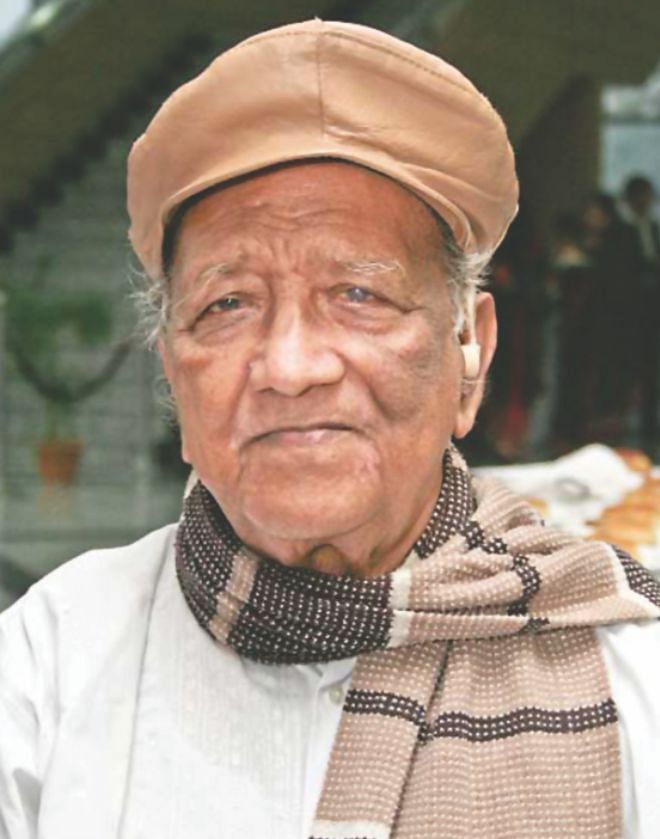Sohrab Hossain Nazrul Sangeet artiste, guru extraordinaire

Terming Sohrab Hossain one of the pioneering Nazrul Sangeet singers of our country would not be an overstatement. After Partition (1947), except for Abbasuddin Ahmed, Feroza Begum, Laila Arjumand Banu, Sheikh Lutfur Rahman, Bedaruddin Ahmed and Sohrab Hossain, there were hardly any accomplished Nazrul Sangeet artistes in Bangladesh. Hossain was an integral part of the revival of popularity of Nazrul songs and maintaining the correct notations of the songs after they went through major distortion during the 1940s and 1950s. A generation of talented Nazrul Sangeet artistes that include Dr. Sanjida Khatun, Shaheen Samad, Dalia Nausheen, Sadya Afreen Mallick and Sabiha Mahbub trained under him.
Hossain was born in Ayeshtola village, near Ranaghat of Nadia district, West Bengal, India on April 9, 1922. Today marks the legend's 92nd birth anniversary.
As a nine-year-old, Hossain first met Kazi Nazrul Islam at a gathering in Ranaghat. He heard someone singing and made his way through the crowd to take a look at the singer. He was fascinated not only by the words-- “Durgamo giri kantar moru dustar parabaar hey,” but also the zeal with which the artiste rendered the song. It was as if, one could not separate the singer from his song. According to Hossain, that song made an immense impact on him.
Before Partition, he would often go to Kolkata. Artistes K Mallick, Bedaruddin Ahmed, Bazlul Karim and Hossain would meet there. In a previously published interview with The Daily Star, Hossain recalled those days: “I had the opportunity to hear the legendary divas -- Angurbala and Indubala -- rendering Nazrul songs. I'd also been to the staging of the popular play “Nawab Sirajuddaula.” Most of the songs featured in that play were written and composed by Nazrul. I used to like different genres of music but as I heard Nazrul Sangeet more, I felt a strong affinity towards the poet's works.”
After Partition, Sohrab Hossain settled in Dhaka. Nazrul researcher Professor Rafiqul Islam described Sohrab Hossain's voice, “A gift of God.”
The style of Nazrul Sangeet that is popular today in Bangladesh is perhaps best demonstrated in Sohrab Hossain's singing, added Professor Islam.
The artiste and guru earned accolades and medals for his single-minded dedication to preserving and performing Nazrul songs. He was honoured with the Swadhinata Puroshkar by the Bangladesh government in 1980. Hossain died on December 27, 2012.

 For all latest news, follow The Daily Star's Google News channel.
For all latest news, follow The Daily Star's Google News channel. 



Comments